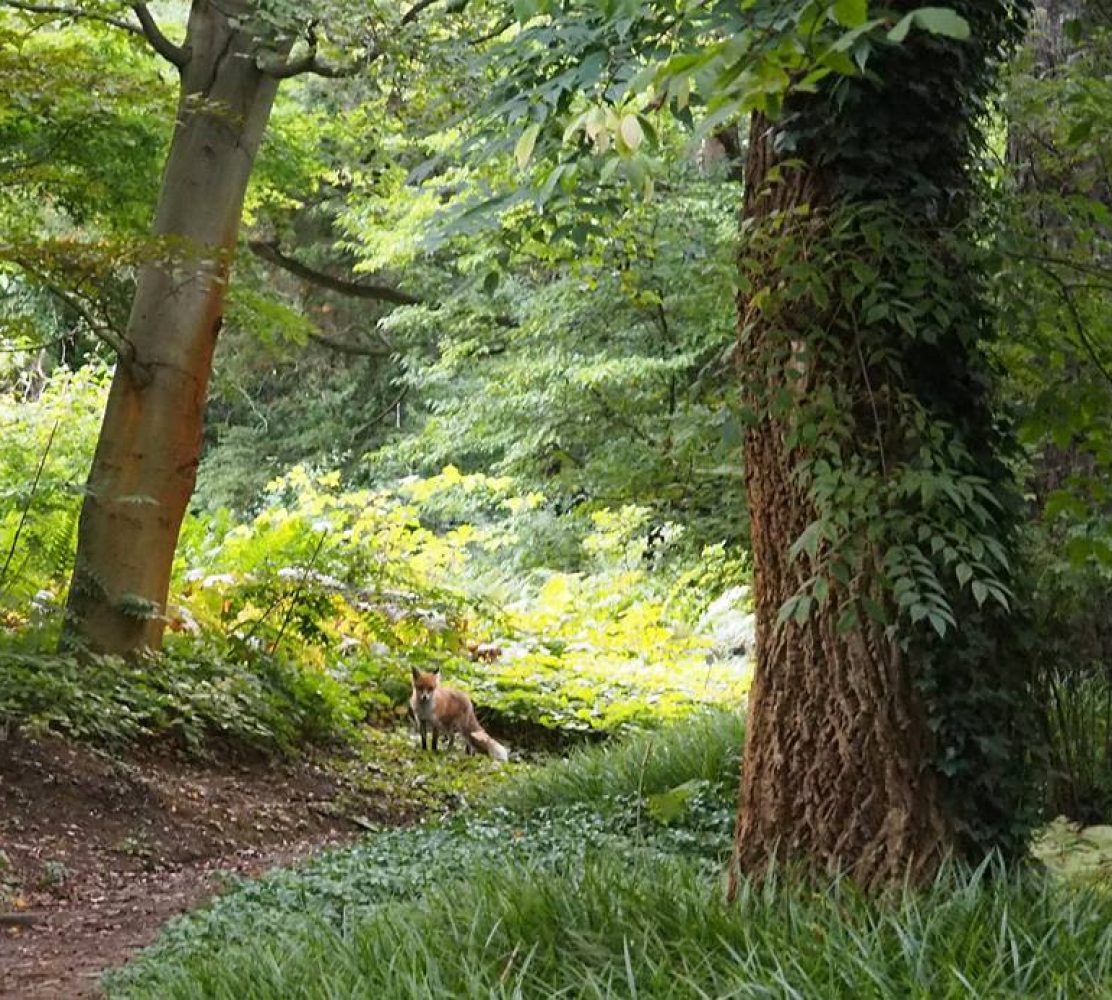
Easter is coming and so is spring! Although I quite like the warm Christmas we have in the southern hemisphere, I do find that spring is probably a nicer time to have Easter, like they do in the northern hemisphere, since it comes with the added excitement of the arrival of spring. In Germany I first came into contact with the Easter egg tree, and have since also seen them in other countries such as Czech and Slovenia (apparently you can also see them in Austria, Poland, Ukraine and Hungary). Sometimes people decorate trees or shrubs outside, but you also see cut branches decorated in vases. This year I decided to make my own Easter egg tree.
So, what do you need to make an Easter egg tree? Some branches, a vase, and some hanging Easter eggs! Pruned branches from fruit trees with blossom buds can be used, as when you put the branches in water, the blossoms flower. Last year we collected some of these branches from pruned plum trees in Czech, but at the time we didn’t have any hanging eggs so we just made a nice spring flower arrangement.

This year, cut blossom branches was what I used for my tree. The fun thing about this is that you start off with bare twigs and over the days the flowers blossom – spring happens right in front of your eyes! In Germany you can see these branches being sold at flower shops. I got mine from a lady from Brandenburg who sells fruit, veg, honey and other farm goods from a van near my work.

Bare branches – but soon they will blossom!

Decorated tree, still without blossoms.

The buds start to blossom in just a day or two when you place the branches in water
Branches of a shrub known as zlatý déšť (golden rain) in Czech also make a lovely Easter tree. Their green-yellow flowers are nice and bright for spring.

Autor: A. Barra – Vlastní dílo, GFDL, https://commons.wikimedia.org/w/index.php?curid=3671859

Autor: 4028mdk09 – Vlastní dílo, CC BY-SA 3.0, https://commons.wikimedia.org/w/index.php?curid=9908841
We saw this Easter egg tree made of zlatý déšť branches in Slovenia last year.

Other twigs that can be used as part of an Easter tree are branches of Pussy willow, which have lovely furry, grey catkins in spring. In some regions, pussy willow branches may be carried on Palm Sunday instead of palm branches, for example Ukraine, Russia, Poland, Bavaria and Austria. The branches can be blessed and kept in the icon corner for the rest of the year.

Furry catkins of a Pussy willow. By Bernie – Own work, Public Domain, https://commons.wikimedia.org/w/index.php?curid=10100200

German Easter Card. By TheDom at German Wikipedia – Osterkartenausstellung.at, Public Domain, https://commons.wikimedia.org/w/index.php?curid=10797724
Outside a Baumarkt we saw this Easter egg tree including some pussy willow branches mixed with zlatý déšť (these were artificial ones).

And of course, even bare branches can make an attractive tree, like this one we saw in a shop window in Berlin.

Or you can simply decorate your trees and shrubs in your garden or street!




Where do you get the hanging eggs? In both Germany and Czech republic I’ve seen lots of them in the supermarkets and other shops, and it’s probably similar in other countries that make Easter trees. They come in all price ranges and you can get either plastic ones (less breakable and uses less eggs) or real painted eggs.


Last year, we visited the Easter egg market in Vienna, where we were amazed by the amount of hand painted eggs on offer. They are more expensive than the supermarket version but you can choose a nice variety of finely painted eggs here.




You can grow quite a collection of Easter eggs over the years 🙂 This tree has been decorated by Volker Kraft and his family in Thuringia since 1965.

By AndrewPoison at German Wikipedia – Self-photographed (Original caption: “selbst fotografiert”), Public Domain, https://commons.wikimedia.org/w/index.php?curid=16893017
If you can’t find any hanging eggs in your area, you can also try your hand at making your own. An example of some instructions is here. Another Easter tradition in many European countries is egg painting, and the shops also sell lots of dyes and stickers for decorating hard-boiled eggs, which are then usually eaten.

Back to the Easter egg tree, here are some photos of how my Easter egg tree looked at various stages. The blossoms are still opening, so it will continue to develop over the next few days.

Early stages…

Painted egg from Vienna

Painted egg from Slovenia

The tree so far
The shops are full of other Easter decorations too. Take a look:


And do you know what these are?

They are called pomlázka and are whips made of braided pussy willow twigs, used for a Czech Easter tradition where the boys run around whipping the girls to bring health and youth. You can read more about this and other Czech Easter traditions here. So far I have managed to escape this tradition, and I think I will this year again too 😉
Are you feeling ready for Easter yet? You can read more about other Easter traditions here. Wishing everybody a happy Easter!


Those are forsythia (Ginster in German). Always a welcome harbinger of spring.
Love your easter egg tree.
Thanks! I was wondering what they are called in English. The easter egg tree is continuing to blossom!